It’s time to rummage through your bottom drawer searching for lost treasure: vintage digital cameras are all the rage. They might be easier to get your hands on than the latest from Fuji: waiting lists are growing like Jack’s beanstalk. And if you have been reluctant to shell out for the latest Leica digitals, recent reviews of the SL3 and Q3 might have you reaching for the piggy bank. And talking of Leica cameras, we have news of people using them and receiving them as prizes. It’s all in this week’s news round-up.
Compact vintage digital cameras are back in fashion
Vintage has become a big thing, hasn’t it? Pre-loved (as the marketing talents are saying now) items are increasingly granted a second lease of life. From a sustainability standpoint, this is a good thing. If we all used our gear for longer, our carbon footprint would be smaller.
And, hey, the occasional Leica M3 which is still in use after almost 70 years is living proof of the vintage concept, right? And we all read about the Canon AE1s, the Nikon FM2s, the Contax T3s and other cameras that are highly esteemed again.
But it takes no film to take a trip down memory lane when it comes to photographic gear. There are many cameras from the early years of the digital age that deserve rediscovery. Amateur Photographer has recently written about the phenomenon.
We here at Macfilos are, if at all, mildly surprised. We know about the ardent love that many Leica X1, X2, and X Vario models are receiving. Add the early D-Lux models and the interesting Leica Digilux cameras. And there are still photographers around who swear by their M8s and M9s.
Early Nikon Coolpix, the iconic Canon IXUS digital models (back then inspired by the APS film camera series) or the wonderful Olympus Camedia cameras — especially the cameras with CCD sensors — are receiving new attention. Often, batteries and chargers are still available from third-party manufacturers.
Hold on to those cameras and cards
And if you happen to have some 512MB Compact Flash or a 2GB SD card somewhere in the drawer — keep them. Someone might need them for use with these old cameras. Many of them don’t support larger storage media.
We here at Macfilos have several of these vintage digital cameras because not all of us are good at letting things go. Why did we part with are the Nikon Coolpix 5000, Jörg-Peter’s first serious digital camera? And what about the first Canon IXUS Digital — ground-breaking for its small size. And, oh, these cameras were so well-made.
For this article, we found a Canon PowerShot S90 from 2009, one of the late cameras with a CCD sensor. At 14MP, it’s certainly no high ISO wonder, but the images are beautiful to this day. Also on our shelf: a Panasonic DMC-FT2 (2010, waterproof and once a great companion for kayaking). And somewhere, there must be this Olympus C-5060 Wide Zoom, which has just turned 20.
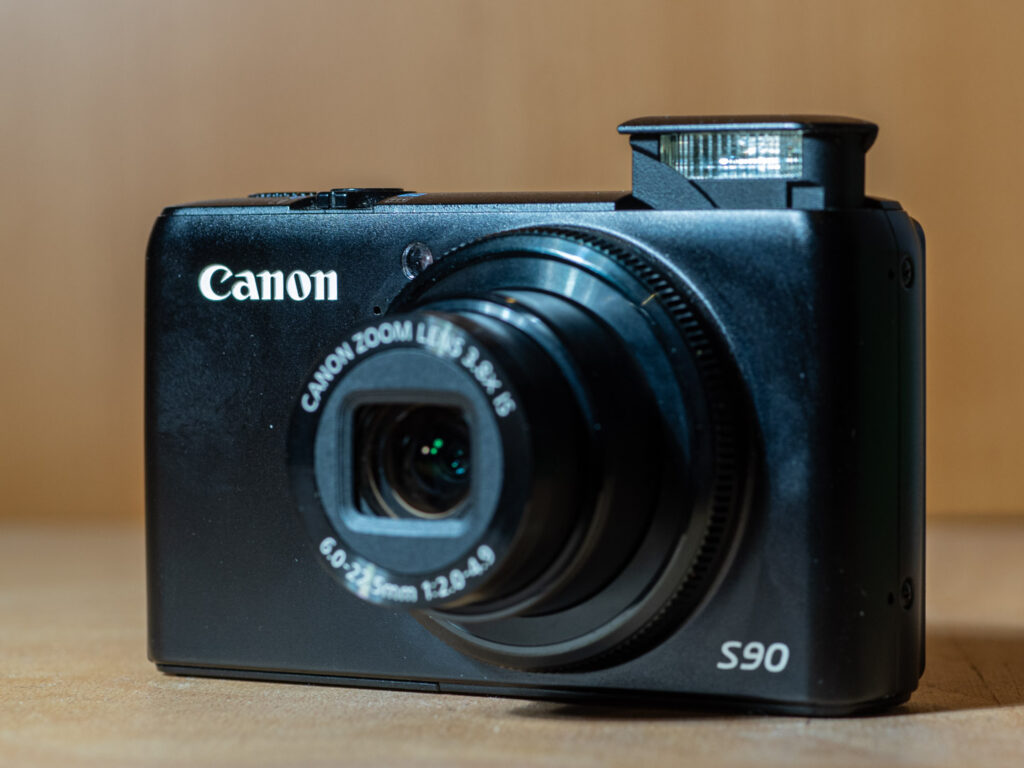

Above left: A veteran: The Canon PowerShot S90 was one of the last digital cameras with a CCD sensor. The outcome is impressive, even 15 years after the camera was launched. Above right: A silver brick with a Leica Vario-Elmar lens: The Panasonic DMC-FT2 was an attractive choice with its splash and dustproof body and excellent Japanese manufacturing quality.
Are we the only ones clinging to the past?
What about you? Do you have your personal vintage digital camera renaissance? Which camera do you still own, wanting to bring it back to live? With which one(s) should you have never parted? Or is digital nostalgia something that makes you cringe? The comments section is open to all topics in this week’s news round.
Blast from the past — Macfilos gets to grips with the Leica Digilux 2
Leica X1 — another great vintage Digital
Fujifilm X100VIs are selling for a ridiculous markup
We reported on it earlier: The introduction of the new Fujifilm X100VI (Model Six, that is) is Leica-like. The waiting list for this camera is growing longer as all the reviewers and influencers release their reviews. We this know from dealers who get more orders than cameras. Waiting lists could be a reality for months to come, they say.
What they don’t tell the customers is that Fujifilm promised that there would be enough cameras to go around without getting into back orders. Obviously, Fujifilm was unable to live up to that. Or, perhaps, the demand is unprecedented because of all the hype. DPReview has its own take on the situation.
It is frustrating. There is already a grey market where unused cameras are sold second-hand considerably above the RRP. And the waiting list has the same effect as in the case of Leica. Customers have their names placed on several lists of several dealerships.
When a shop employee then calls to give the good news that the longed-for X100VI has finally arrived, the reaction is often a shrug of the shoulders. The customer has already bought their camera elsewhere. Hardly anyone truly enjoys such situations. Except for the few people who serve the grey market, of course.
It’s easier to get a vintage digital camera!
We will take a closer look at how far Fuji is going the Leica way. First rumours of limited edition models have already come up. For now, we hope that everyone who wants a X100VI to actually shoot with will be served soon. Because that’s what a camera is made for, right? Believe it or not, even the Leica M Monochrom “Drifter” Lenny Kravitz edition can take photos.
Sony a7R V vs Leica SL2: 60mm cameras compared
Leica’s new SL3 and Sony’s a7R V are very similar beasts. While Leica fans reading Macfilos will clearly favour the SL3 on the basis of brand loyalty alone, it pays to know the facts. DPReview’s Richard Butler has written one of his detailed comparisons of the two cameras. Some might think that the price alone — a $3,900 Sony compared with a $6,900 Leica — is all that needs to be said, the details are fascinating.
At the core, both Sony’s a7R V and Leica’s SL 3 share a fundamental building block: a 60MP BSI CMOS sensor. But almost everything layered on top of that foundation diverges in radically different directions. With the SL3 having dropped earlier this week, we decided to take a look at this pair in detail.
— Richard Butler, DPReview
Leica SL2 vs SL3 specifications compared
Leica Thermidor: Getting to the end of the calendar with a spot of heat
Nick De Marco, the well-known and talented London Leica photographer, is enjoying a dish of Leica Thermidor on his way to completing a rather unusual photography project. In the company of his Leica M7, Q2, M10-R and M10 Monochrom cameras, Nick has been working month-by-month through the doomed-to-failure French republican calendar, which confused Europe (and the French, I imagine) for 12 years from 1793 to 1805.
This religion-and-royalty-free confection had a brief resurrection for 18 days during the Paris Commune in 1871. However, unlike decimalisation, which turned out to be a much more durable project, the fussy calendrier républicain français just didn’t catch on. So we can thank Nick for reminding us of this failed experiment in revisionism. At the same time, it’s definitely a unique peg on which to hang an excellent photographic adventure.
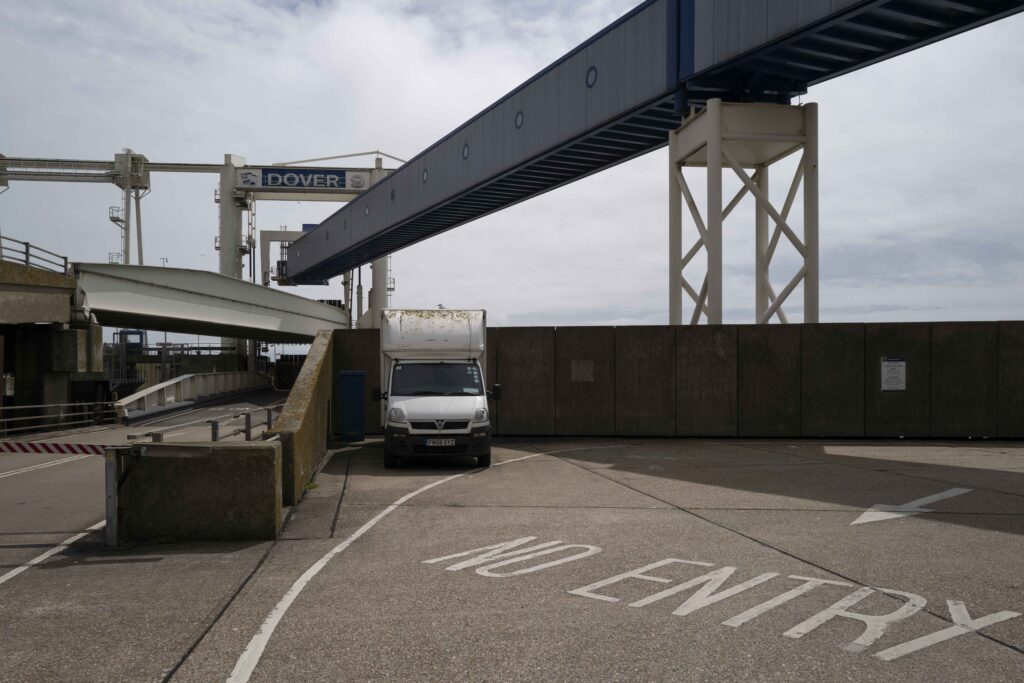
Nick, a stalwart of the London Leica community, describes himself as a “lawyer, photographer, coffee lover, wine maker, cook, traveller, Queens Park Rangers fan, Epicurean, collector and blogger”. He has already lugged his Leicas through vendémiaire, brumaire, frimaire, nivôse, pluviôse, ventôse, germinal, floréal, prairial, and messidor before getting hot-under-the-shutter a few Gregorian months early in thermidor. Only fructidor (the fruits) remain to be tasted.
Find Nick’s journey here, starting with thermidor and working back to vintage vendémiaire.
Forget the Fujifilm X100VI and go for one of these great alternatives
TechRadar, taking note of the FujiFilm X100VI feeding frenzy, suggests readers could just as well go for alternatives. Two are alternative Fuji’s, the X-E4 and X-T30 II. But author Alex Whitelock has six suggestions from outside the Fuji ecosphere.
One is the Panasonic Lumix GX9, despite being the only camera here with the smaller micro four-thirds sensor. But other manufacturers get special attention: Ricoh is represented by the excellent GR 28mm and 40mm duo, which are true competitors for the X100 series —what you lose on the viewfinder you gain in lightness and size. And Nikon’s APS-C XFc and full-frame Xf are also highly recommended.
The list wouldn’t be complete without the class-leading Leica Q3, despite the usual “pockets overflowing with cash” warning.
Obviously, a $5,000 camera isn’t for everyone, but the Q3 is good value in a perverse way that will only make sense to Leica shooters. The Summilux 28mm f/1.7 lens attached to the Q3 costs over $4,000 by itself, offers superlative image quality, and comes attached to an outstanding 60MP full-frame sensor with autofocus. All-in-all, the Q3 is an incredible compact camera and an aspirational purchase for many photographers.
TechRadar
Read the full review on TechRadar
Of course, you could also track down a compact vintage digital camera…
Christo’s famous “Wrapped Leica” under the hammer in October
The famous “Wrapped Leica” is expected to fetch over €40,000 when it comes under the hammer at the Wetzlar Camera Auction on October 12 this year.

Artists Christo Vladimirov Javacheff (1935-2020) and Jeanne-Claude Denat de Guillebon (1935-2009) were most famous for wrapping iconic buildings, including the Arc de Triumph in Paris and the Reichstag in Berlin.
But they also wrapped smaller objects, and one such is the famous “Wrapped Leica” given to German Leica photographer Wolfgang Volz in celebration of his 46th birthday in January 1994.
Volz toured the world with the artists for over fifty years, and he was known as “the Eye of Christo & Jeanne-Claude”.
Volz’s own Leica M4 became the wrapped object. Until then, several documentaries of Christo projects had been created with this camera. However, shortly before the wrapping, Wolfgang Volz had repainted the silver chrome M4 and Summicron 35mm lens in red and blue.
The reason for this was a commission by “Der Spiegel” magazine to take photographs in the New York Bronx. Volz wanted to be as inconspicuous as possible and feared that the silver chrome would make him stand out. The red/blue Leica M4 now sits inside its transparent wrappings, with the original cord fastenings. This is one auction purchase you will not want to unwrap.
New Panasonic cameras registered in Asia
Earlier this month, Panasonic registered two new cameras, the P2302A and P2304A. According to Photo Rumors, both are expected to be full-frame. One could be the replacement for the Panasonic Lumix S1. This is now overdue following the recent launch of the Leica SL3.
Of particular interest, however, is the suggestion that Panasonic could introduce a compact full-frame camera with L-Mount. If this materialises, could we soon see a Leica version as an entry-level buy?
Panasonic S1 review by Jonathan Slack
Panasonic S1 first impressions
Leica Camera announce winners of their 5th annual Leica Women Foto Project award.
This year’s theme, “Perspective is Power”, encouraged applicants to share a photo essay connected to topics of reclamation, resilience, or rebirth, with four winners emerging from the US, UK, Mexico, and Canada. The winners from each country are: Dola Posh from the UK, Stasia Schmidt from Canada, Luvia Lazo from Mexico, and Camille Farrah Lenain from the US.
They were selected by a panel of notable judges ranging from award-winning photojournalists to renowned contributors to the world of photography. Each winner will receive a Leica SL3 camera, a Vario-Elmarit-SL 24-70mm f/2.8 ASPH. Lens, and a cash prize of $10,000 USD.
“For this year’s Leica Women Foto Project, we encouraged applicants to share visual stories of reclamation, resilience, or rebirth,” says Karin Rehn-Kaufmann, Art Director & Chief Representative Leica Galleries International. “Through these lenses, the Leica Women Foto Project continues to empower and amplify the voices that capture these profound narratives, adding depth to our collective visual tapestry while reflecting our commitment to celebrating the power of visual storytelling.”
A selection of images from the winners will be featured in a forthcoming Macfilos article.
Join our community and play an active part in the future of Macfilos: This site is run by a group of volunteers and dedicated authors around the world. It is supported by donations from readers who appreciate a calm, stress-free experience, with courteous comments and an absence of advertising or commercialisation. Why not subscribe to the thrice-weekly newsletter by joining our mailing list? Comment on this article or, even, write your own. And if you have enjoyed the ride so far, please consider making a small donation to our ever-increasing running costs.

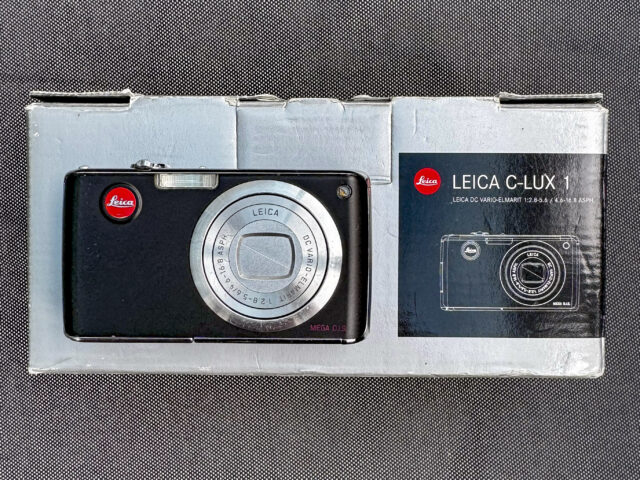
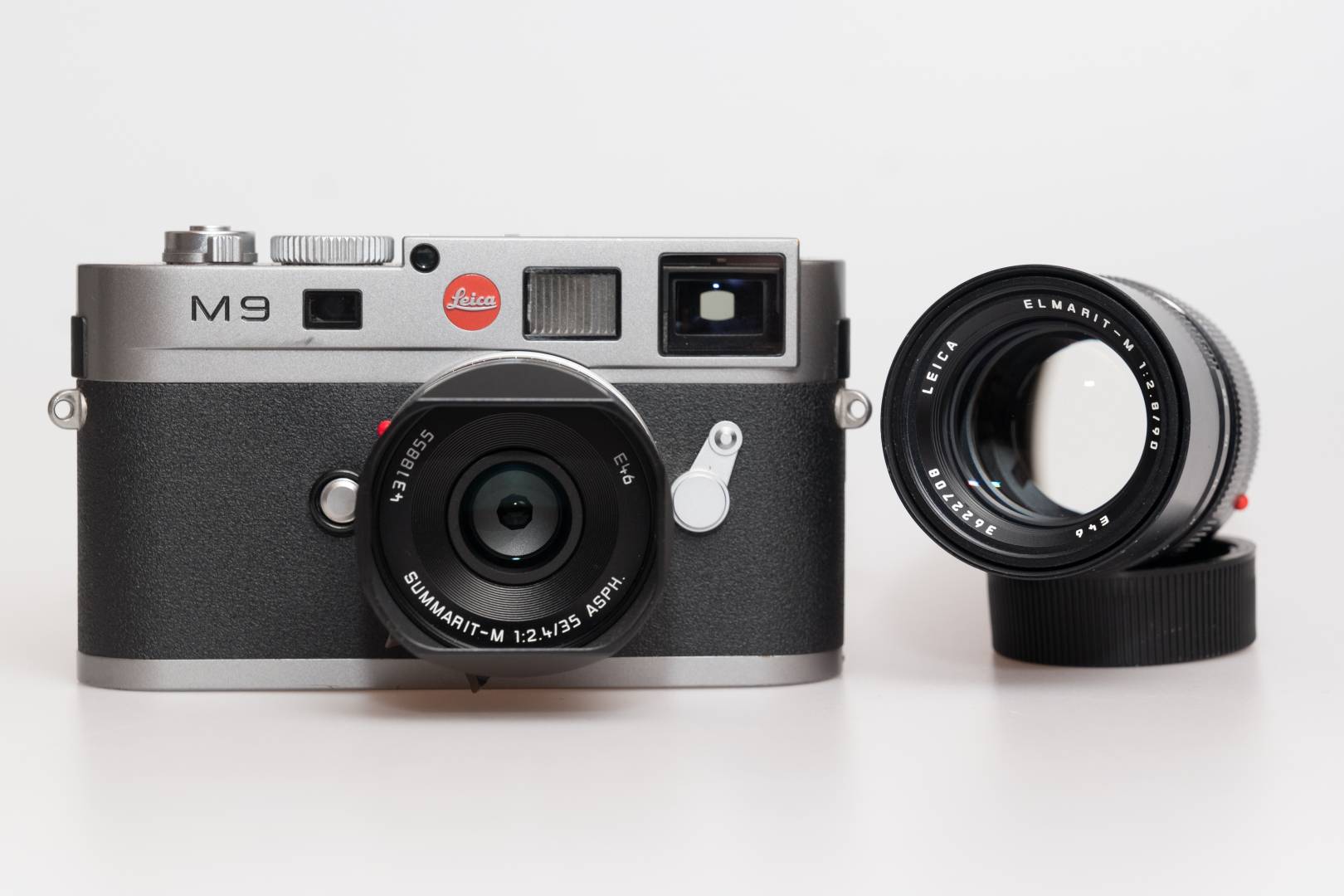
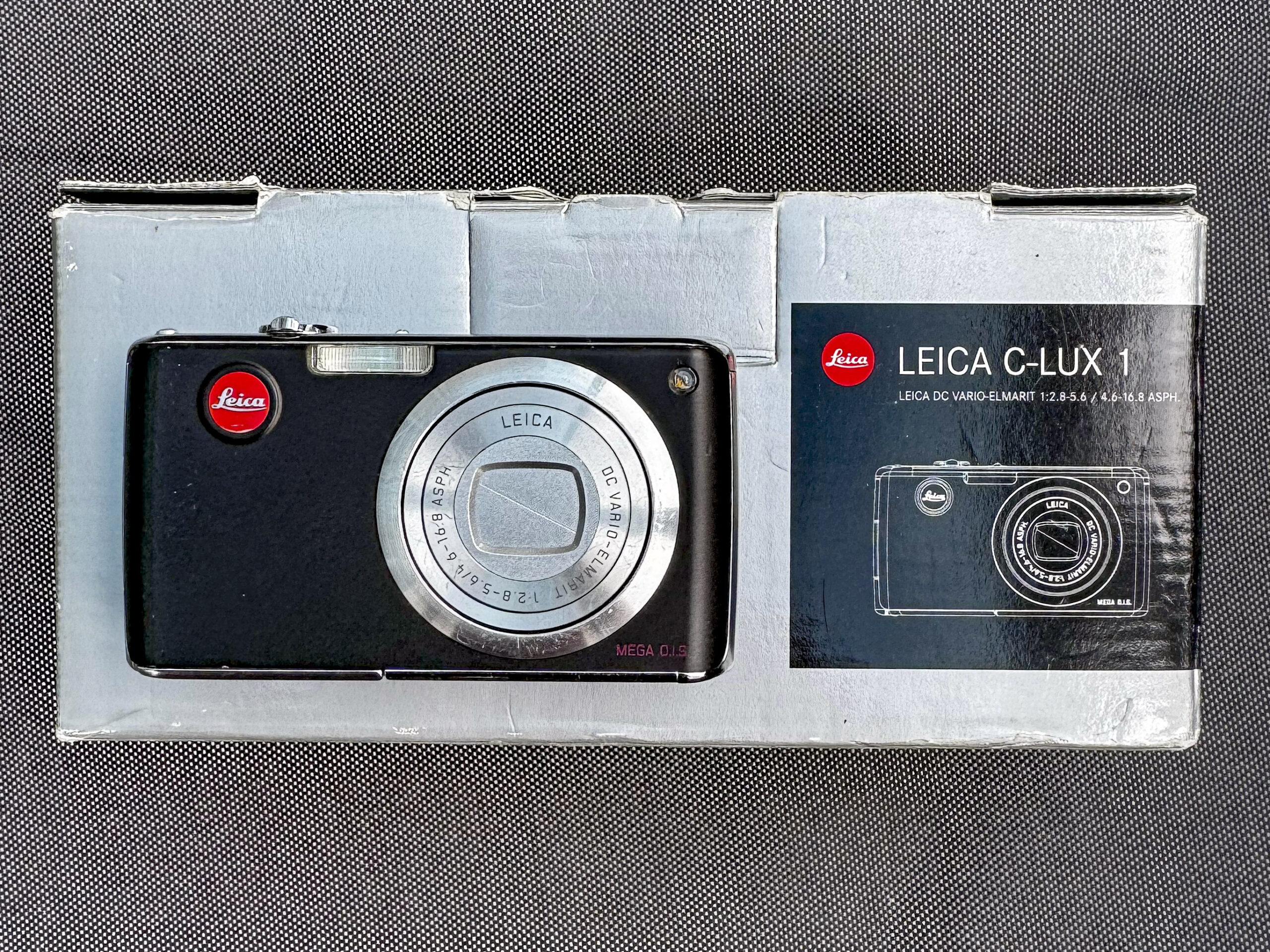
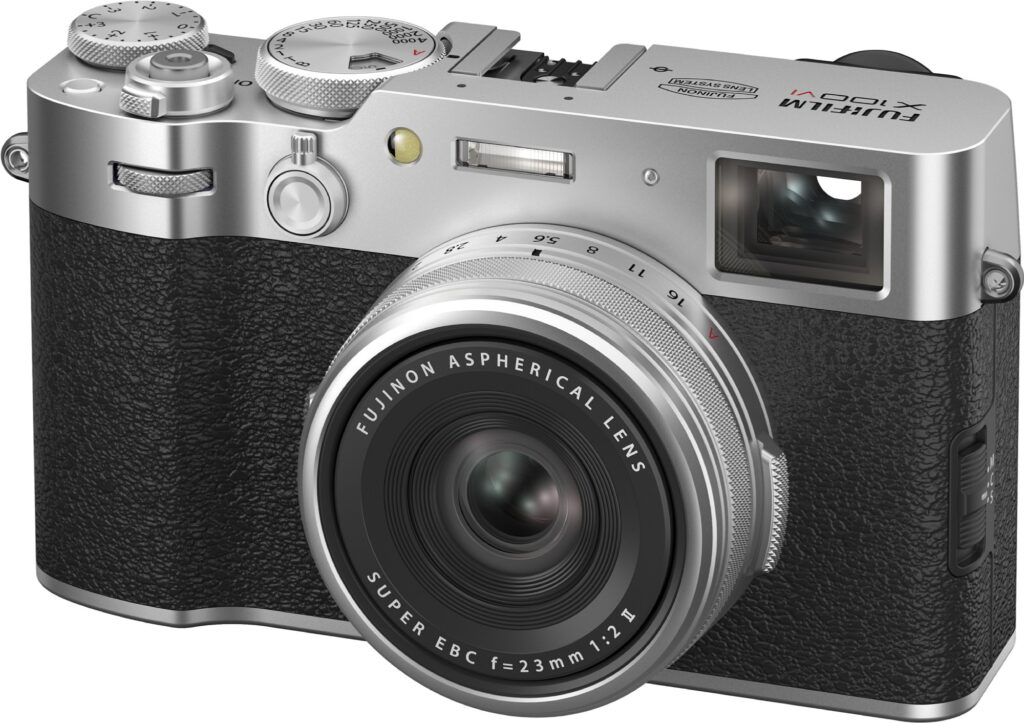

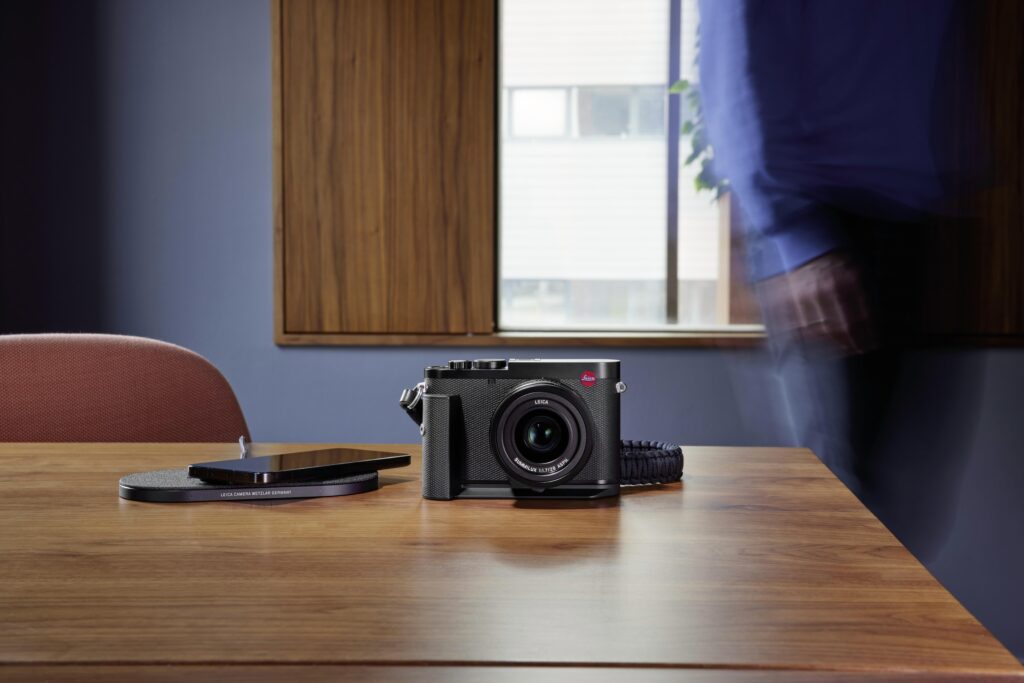
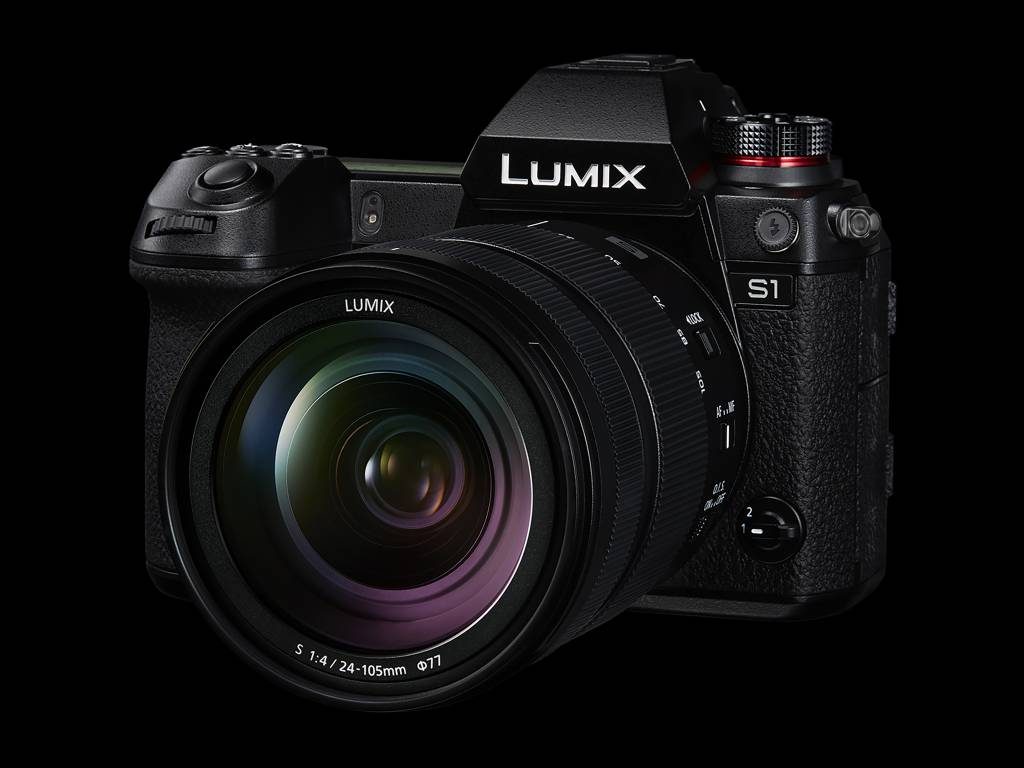
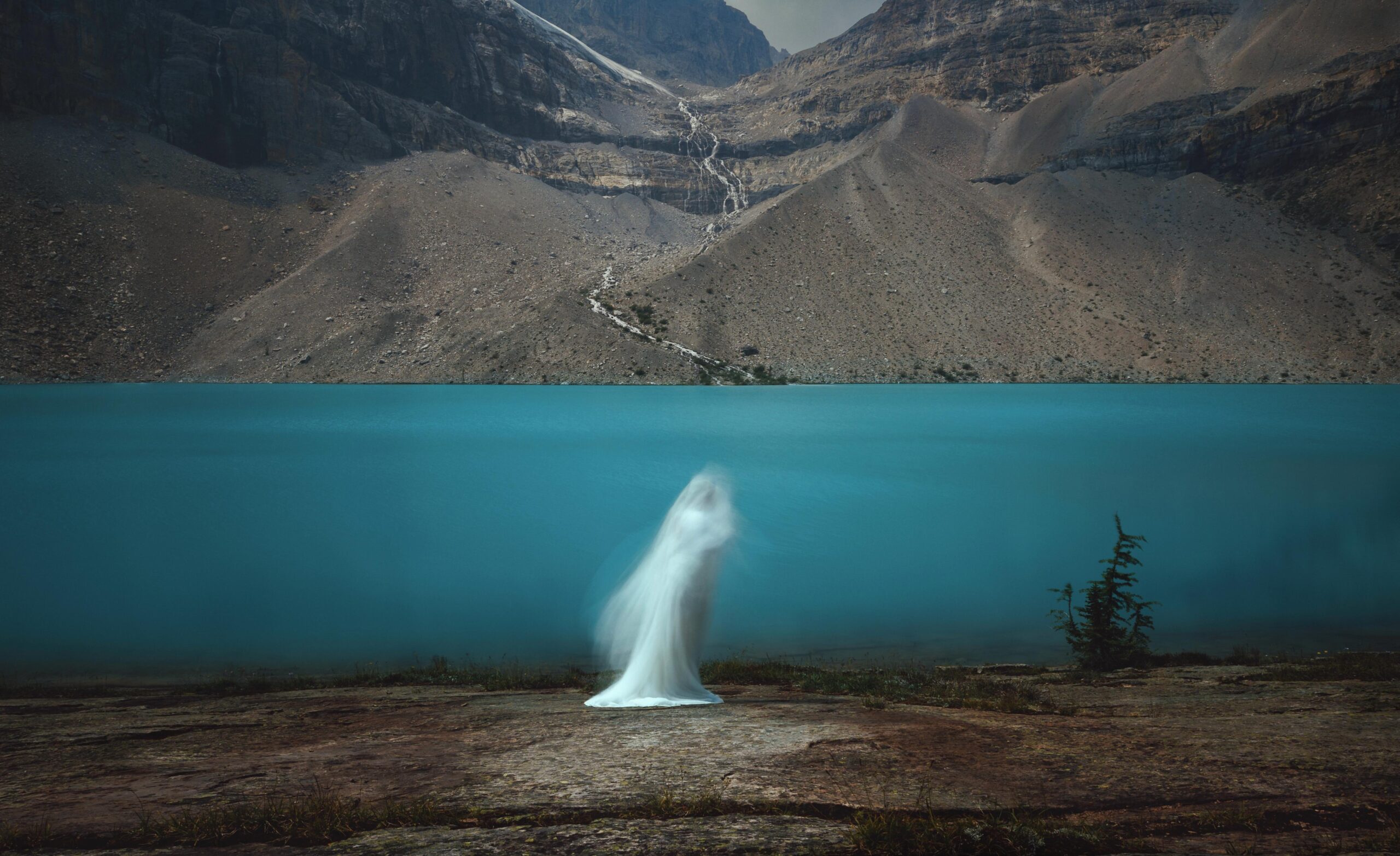



I’m lucky enough to have held onto an X Vario as well as M9 and they’re never leaving my side !
A typo in my previous comment: 1MB Microdrive should be 1GB Microdrive. Still pretty small …
For nostalgia’s sake, I bought an old Canon Powershot G2 a while back. Around 20 years ago this model was the first digital camera that I owned, but the original had long since been exchanged for something else. I still have the 1MB Microdrive that came with my first G2, and it contnues to work many years later in my ‘new’ G2.
Yesterday’s obsolescence is today’s talisman. I have an LX3 that I shoot black and white jpegs with. I often carry it alongside my M10 because it’s so tiny, has a flash and a convenient 24-60mm (?) focal length.
On the Lumix rumors, I’m wondering if the two mysterious cameras are an S1H-II and S1R-II. I could see Panasonic using the pixel binning technology from the M11 and SL-3 to take advantage of the dynamic range it offers while combining both S1 and S1-R into a single body.
I should note I’m also enjoying a mint M8.2 I acquired in November. Also great where it excels, including B&W and IR.
Thanks to this site I found and acquired a NOS X Vario two weeks ago, and am enjoying the hell out of it. For its intended use it’s hard to beat.
Glad to hear our advice was worthwhile. My biggest mistake was in selling the X Vario. It’s one camera I should have kept, but I didn’t.